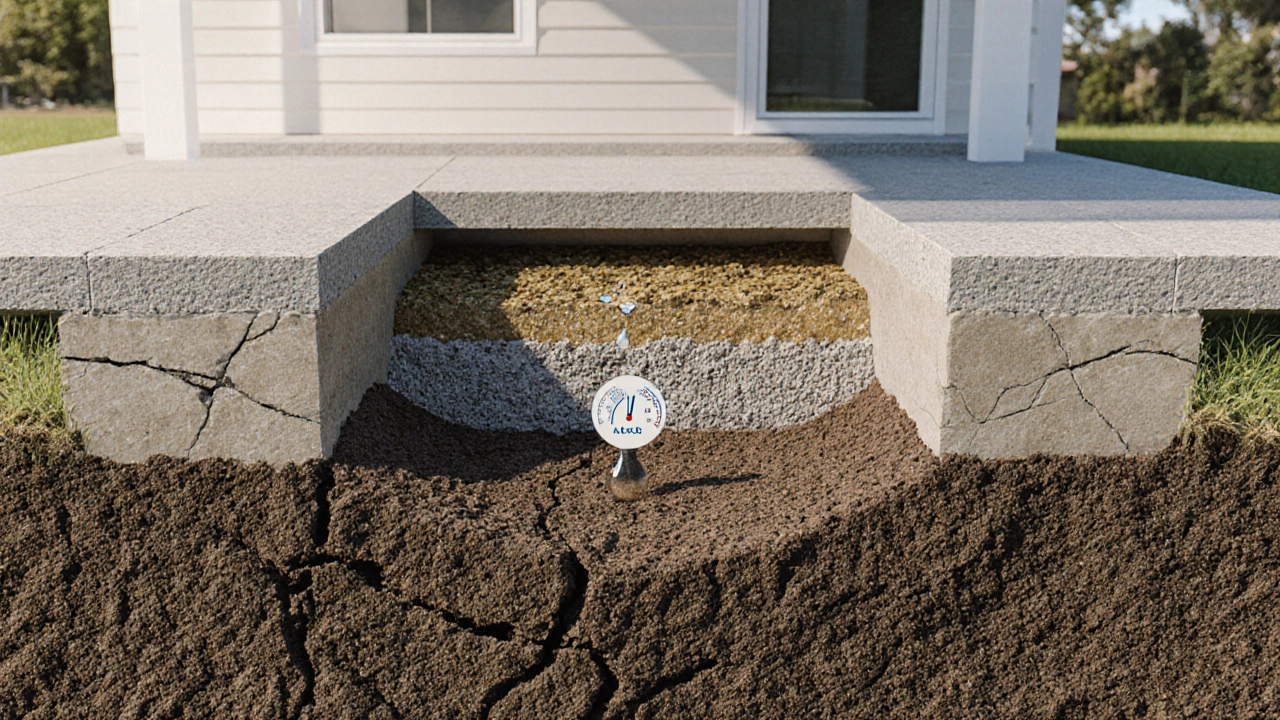Best Season for Foundation Repair – Timing, Materials & Cost Tips
When working with best season for foundation repair, the period when temperature and ground moisture are ideal for fixing a building’s base. Also known as optimal repair timing, it helps ensure strong, long‑lasting repairs.
Understanding foundation repair, the process of fixing cracks, settlement, or water intrusion in a structure’s footings starts with the soil. soil moisture, the amount of water held in the ground directly impacts how well concrete bonds and cures. When moisture is too high, the mix can weaken; when it’s too low, curing slows and shrinkage cracks appear. That’s why the best season for foundation repair usually falls in late spring or early autumn – the sweet spot where temperatures are moderate and moisture levels are balanced.
Every repair also depends on the right cement mix, the blend of cement, sand, aggregates and additives used to fill or reinforce a foundation. A mix designed for low‑temperature curing can compensate for cooler nights, while a high‑early‑strength formula works best in warmer months. Choosing the proper mix is a key predicate: best season for foundation repair requires the right cement mix. Likewise, soil moisture influences the curing of cement mix, creating a clear cause‑effect link that homeowners and contractors must respect.
Why Timing Matters for Different Types of Damage
Foundation crack, a visible break in the concrete or masonry of a building’s footing can signal settlement, hydrostatic pressure, or thermal movement. Small hairline cracks often appear in summer when the ground expands, but larger structural cracks usually develop in winter when the soil freezes and thaws. Repairing these in the best season for foundation repair allows the new material to bond before the next freeze‑thaw cycle, reducing the chance of re‑cracking.
Cost is another driver. horizontal foundation crack, a crack that runs parallel to the ground, often caused by lateral soil pressure repairs are pricey because they need specialized piers or underpinning. Scheduling work when the weather is mild cuts labor overtime and equipment rental expenses, which tend to spike during extreme heat or cold. In short, the season you pick can shave off both material and labor costs.
Contractors also factor in local climate patterns. In the UK, for example, March to May and September to October offer stable temperatures between 10‑15°C and soil moisture around 15‑20%. Those windows line up with the industry’s recommendation for the best season for foundation repair, ensuring that the cured concrete reaches its designed compressive strength without interruption.
Bottom line: the ideal repair window is a mix of climate, material choice, and damage type. By aligning your project with the right season, you give the new foundation work the best chance to perform for decades.
Below you’ll find a curated collection of articles that dive deeper into each of these topics – from step‑by‑step crack prevention guides to cost breakdowns for horizontal foundation cracks, and tips on picking the right cement type. Use them to plan your next repair, budget accurately, and avoid common seasonal pitfalls.

